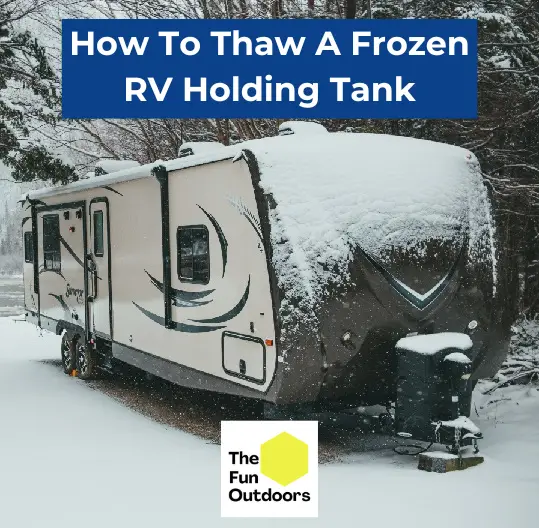Dealing with a frozen RV holding tank can be a daunting and frustrating experience for RV owners, especially during the colder months. When temperatures dip, the water inside the holding tanks can freeze, making it difficult to use your RV’s plumbing system properly. Knowing how to thaw a frozen RV holding tank is essential to ensure proper functioning and prolong the life of your vehicle’s essential systems.
In this guide, you will learn the steps to take to effectively thaw your frozen holding tank, avoiding potential damage to your RV while ensuring your plumbing system returns to normal operation as quickly as possible. With the right approach and a few helpful tips, you can confidently handle this challenge, allowing you to enjoy your RV adventures regardless of the weather conditions.
Understanding RV Holding Tanks
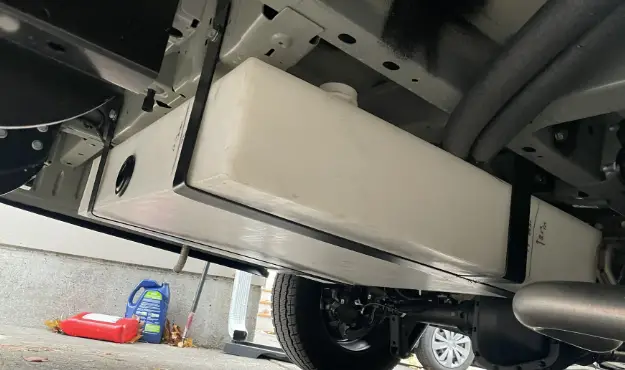
When you own and operate an RV, it’s essential to understand the holding tank system properly. Holding tanks are an integral part of your RV, as they store fresh water and waste materials until they can be dealt with properly.
Holding tanks in an RV typically come in three types: freshwater, gray water, and black water tanks. Your freshwater tank stores the clean, potable water you’ll use for drinking, cooking, and bathing. On the other hand, the gray water tank holds used water from your sinks and shower, while the black water tank collects waste from your RV’s toilet.
Knowing the location of your holding tanks is crucial in the event of an issue, like when one of these tanks is frozen. You can usually find the tanks under your RV – the freshwater tank is often positioned close to the water pump, and the gray and black water tanks are generally located near the sewer connections.
It’s important to monitor the holding tank levels regularly to avoid overflows and other issues. Many RVs have a built-in monitoring system that displays the tank levels, which can be checked as part of your routine maintenance.
In colder climates or during winter months, it’s common for holding tanks to freeze. This can lead to unpleasant odors, difficulty draining the tanks, or even potential damage to the tank itself. To prevent this, consider insulating your tanks using foam board insulation or tank heating pads.
You should always practice proper waste management to maintain the health and functionality of your holding tanks. This involves using RV-specific toilet paper, routinely dumping gray and black water tanks at designated facilities, and treating your tanks with appropriate chemicals to dissolve solids and odors.
By understanding the basics of your holding tanks, you’ll be better equipped to care for your RV and handle potential issues such as frozen tanks effectively and efficiently.
How To Thaw A Frozen RV Holding Tank
When you are faced with a frozen RV holding tank, it is essential to know the best ways to thaw it safely and effectively. Here are some methods to unfreeze your tank and get your RV’s plumbing system back to normal.
Use A Hair Dryer or Heating Gun

One of the most straightforward methods to thaw a frozen holding tank is by using a hair dryer or heat gun. Direct the warm air towards the frozen area by switching on the hair dryer or heating gun.
Make sure not to keep the heat source too close to the tank or focused on one section for an extended period of time, as this can lead to potential damage or even melt the plastic tank. Start at the front of the tank and work your way back, keeping the hair dryer or heat gun about 6-12 inches away from the tank.
Put A Heating Blanket Over Your Frozen RV Tank
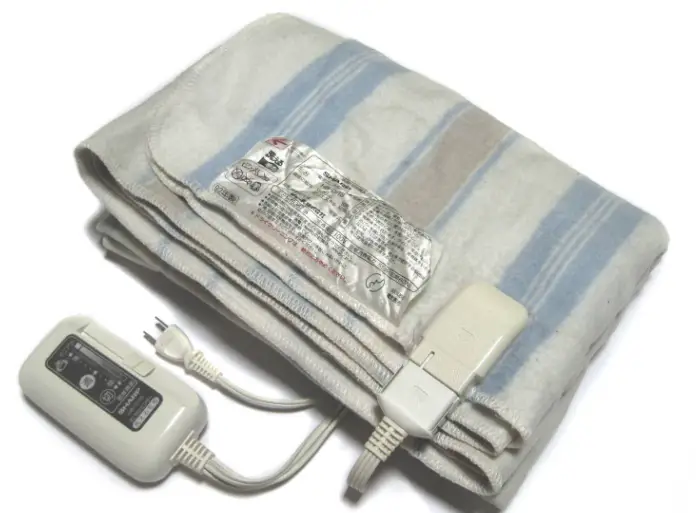
Wrapping a heating blanket around the frozen tank can provide gentle and uniform warmth to the entire area. This method is safe and efficient, as it ensures that heat is evenly distributed and the risk of causing damage to the tank is minimized. Monitor the thawing process to avoid overheating.
Use A High-Wattage Light Bulb Under Your RV
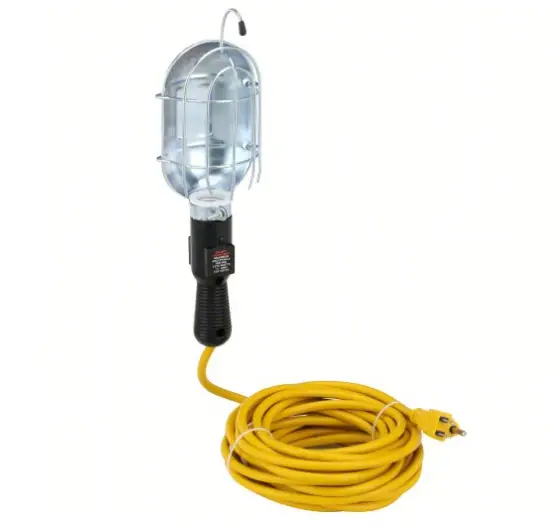
Another option for thawing a frozen RV holding tank is placing a 100-watt light bulb inside the RV underbelly. This method provides a slow and steady heat source to warm up the holding tank. Keep an eye on the bulb and the thawing process to ensure you don’t accidentally cause damage to your tank.
Use Heated Tape or Heating Cables
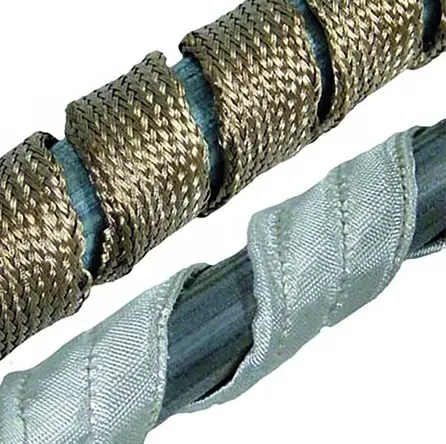
Applying heated tape or heating cables to the frozen area can also help in thawing the holding tank. Wrap the heated tape around the tank’s exterior, making sure that the whole surface is covered for even heating. Be cautious about the duration and temperature settings to prevent any unintentional damage to your tank.
Wait For Warmer Weather

Finally, if the weather forecast shows a change for warmer temperatures in the near future, you might consider waiting it out. This method is suitable for those who have enough time and want to avoid potential damage from other thawing methods. To speed up the process, try parking your RV in a sunny spot for more natural, ambient heat.
Preventing Frozen RV Holding Tanks
Let Your Faucets Drip Overnight
Allowing your faucets to drip overnight can help prevent freezing in your RV‘s pipes. The constant flow of water makes it more difficult for ice to form. Adjust your faucets to a slow drip and consider opening cabinet doors to facilitate warmer air reaching your pipes.
Use RV Antifreeze
To prevent frozen holding tanks, consider using RV antifreeze. This non-toxic antifreeze is specifically designed for RVers and helps protect your pipes, valves, and holding tanks from freezing. Remember to follow the manufacturer’s instructions for proper use and proportions.
Use RV Skirting
Installing RV skirting around the base of your RV can help retain heat and keep cold air from reaching your holding tanks. Skirting prevents drafts and provides insulation to your tanks and plumbing system, making it an effective method for minimizing the risk of freezing.
Insulate Your RV Underbelly
Adding insulation to the undercarriage of your RV is another great way to protect your holding tanks from freezing temperatures. Using foam boards or insulation materials to provide a protective layer can safeguard your water and waste pipes and prevent frozen holding tanks. Don’t forget to inspect your RV’s heating systems and tank heaters regularly to ensure maximum efficiency.
Frequently Asked Questions
Using a hair dryer or heat gun is an effective way to unfreeze an RV holding tank. Be cautious when applying heat to avoid damaging the tank. Move the heat source around to prevent focusing on one spot for too long. ABS and polyethylene tanks can melt quickly if the heat is too hot or concentrated in one area.
To keep your RV holding tank valve from freezing, insulate the exposed parts of the tank, pipes, and valves. Additionally, use a holding tank heater or heating pad designed for RV tanks. Invest in tank heating systems that automatically turn on at a specific temperature to maintain consistent warmth.
If your black water tank is frozen, follow these steps:
-Move your RV to a warmer location, if possible.
-Put on gloves and safety goggles for protection.
-Clean any debris from the holding tank.
-Use a hair dryer or heat gun to blow dry the black tank carefully.
-Flush out the tank once it’s thawed.
Be patient, as thawing frozen tanks can take time.

